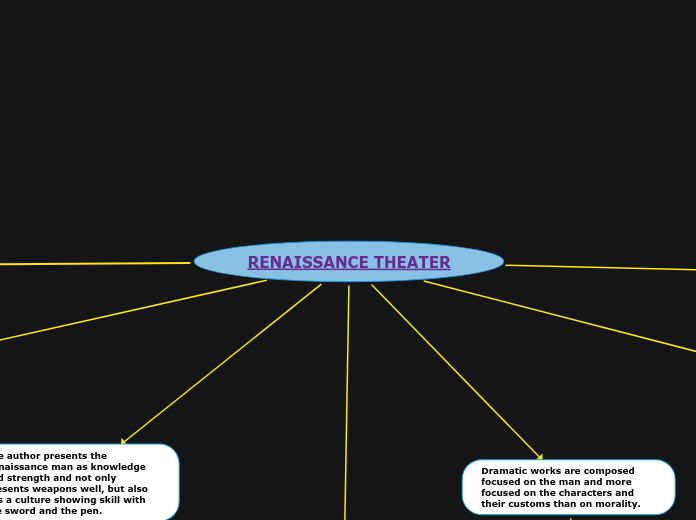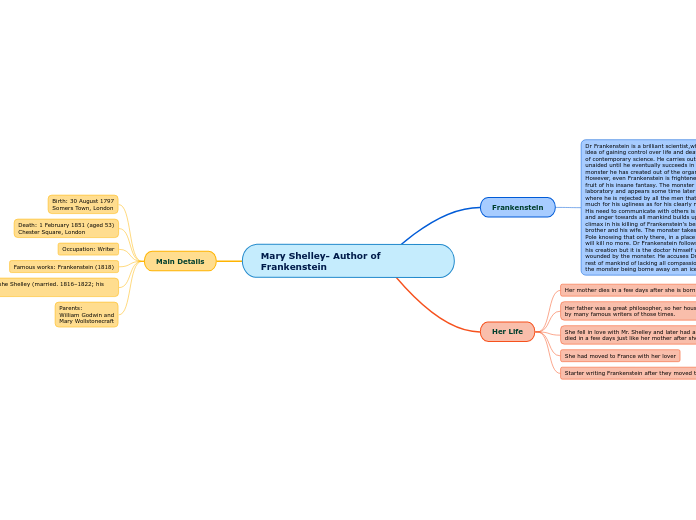par LAURA SILVA Il y a 3 années
360
RENAISSANCE THEATER
Renaissance theater, emerging in the 16th century, is deeply rooted in the principles of humanism, a movement that celebrated human nature and intellectual pursuits, drawing inspiration from Greek and Latin classics.









